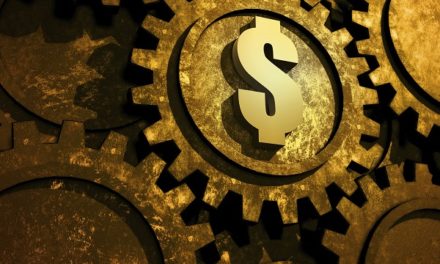
“Only buy something that you’d be perfectly happy to hold if the market shut down for 10 years.”
— Warren Buffett
One of the most important things investors can learn from Warren Buffett, is about how they approach their time horizon for an investment into a stock under consideration. Because immediately after buying shares of a given stock, investors will then be able to check on the day-to-day (and even minute-by-minute) market value. Some days the stock market will be up, other days down. These daily fluctuations can often distract from the long-term view. Today, we look at the result of a ten year holding period for an investor who was considering Morgan Stanley (NYSE: MS) back in 2014, bought the stock, ignored the market’s ups and downs, and simply held through to today.
| Start date: | 02/10/2014 |
|
|||
| End date: | 02/07/2024 | ||||
| Start price/share: | $29.70 | ||||
| End price/share: | $86.00 | ||||
| Starting shares: | 336.70 | ||||
| Ending shares: | 433.37 | ||||
| Dividends reinvested/share: | $15.40 | ||||
| Total return: | 272.70% | ||||
| Average annual return: | 14.06% | ||||
| Starting investment: | $10,000.00 | ||||
| Ending investment: | $37,254.36 | ||||
The above analysis shows the ten year investment result worked out quite well, with an annualized rate of return of 14.06%. This would have turned a $10K investment made 10 years ago into $37,254.36 today (as of 02/07/2024). On a total return basis, that’s a result of 272.70% (something to think about: how might MS shares perform over the next 10 years?). [These numbers were computed with the Dividend Channel DRIP Returns Calculator.]
Notice that Morgan Stanley paid investors a total of $15.40/share in dividends over the 10 holding period, marking a second component of the total return beyond share price change alone. Much like watering a tree, reinvesting dividends can help an investment to grow over time — for the above calculations we assume dividend reinvestment (and for this exercise the closing price on ex-date is used for the reinvestment of a given dividend).
Based upon the most recent annualized dividend rate of 3.4/share, we calculate that MS has a current yield of approximately 3.95%. Another interesting datapoint we can examine is ‘yield on cost’ — in other words, we can express the current annualized dividend of 3.4 against the original $29.70/share purchase price. This works out to a yield on cost of 13.30%.
One more piece of investment wisdom to leave you with:
“Although it’s easy to forget sometimes, a share is not a lottery ticket… it’s part-ownership of a business.” — Peter Lynch




